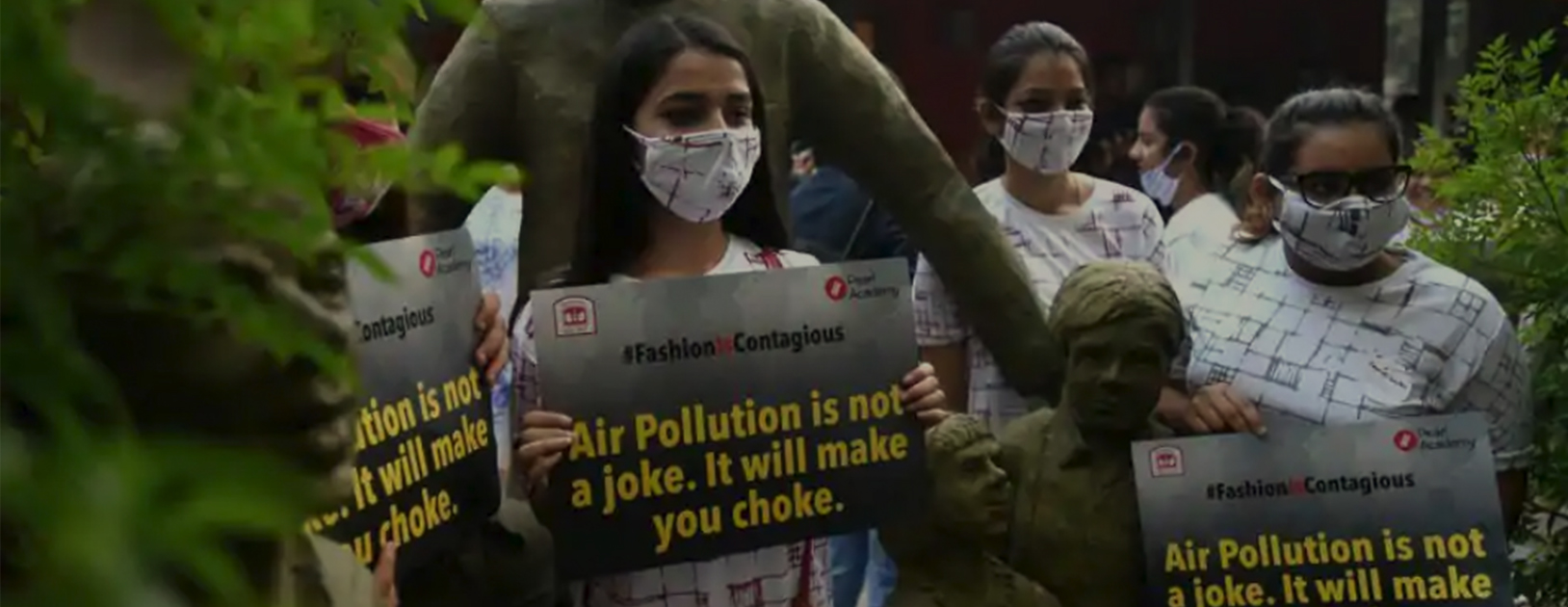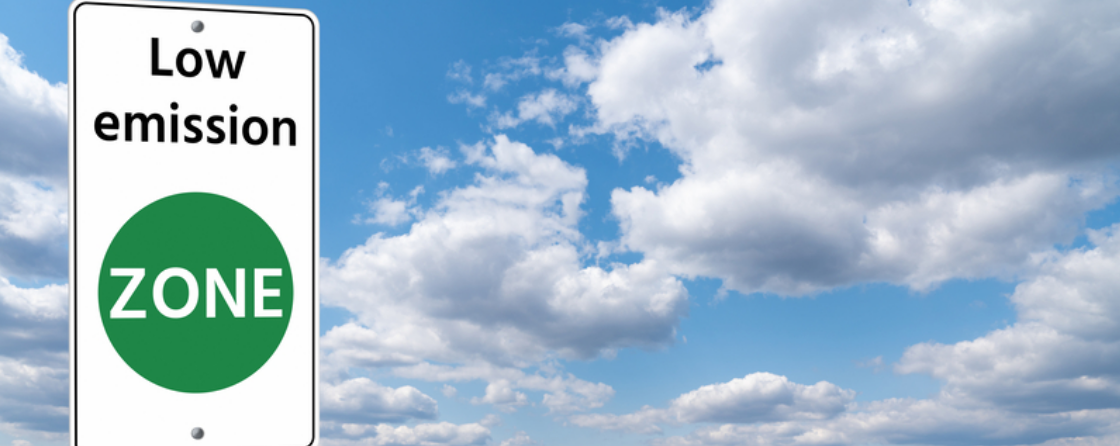Air pollution: India waking up, but there’s a long way to go
India’s air quality presents a major public health crisis. In this series we showed that, first, most Indians face air quality year around that is multiple times higher than safe levels. Second, the health risks are pervasive and deep, affect healthy and vulnerable people, and are particularly harmful for our children. Third, air pollution is hard to solve because it is a multi-headed problem; industry, transport, biomass/waste burning and dust all contributing significantly, and each has its own political, regulatory and technical challenges. In this final article, we conclude that current efforts to solve air pollution are highly inadequate and suggest a way forward.
The current air quality regulatory architecture is built around the Environment (Protection) Act 1986, the Air (Prevention and Control of Pollution) Act 1981, and rules and notifications issued under each. The central and state pollution control boards are responsible for monitoring and enforcing emission regulations. A National Clean Air Plan is still in the works, and some cities and regions have begun working on their own plans and policies.
The national conversation has mostly been shaped by the regulatory architecture of Delhi and the National Capital Region, which has received disproportionate attention. This includes a Comprehensive Action Plan (CAP) and a complementary Graded Response Action Plan to trigger emergency actions when pollution levels cross particular thresholds. Many of these actions are driven by the Supreme Court’s orders. The court regularly intervenes to promote implementation, often in response to reports by the Environmental Protection (Prevention and Control) Authority, which was established by the court 20 years ago. Given its role as a template nationally, Delhi provides a useful test case to assess effectiveness of pollution control measures. So how has Delhi fared?
It is important to start by recognising the positives. The list of actions proposed in documents such as the CAP, and those directed by the judiciary, are useful, and if implemented, would make a difference. Some of these actions have already been implemented, such as shutting down the Badarpur power plant. Some very significant policy changes have been put in place, such as banning petcoke and setting a date for clean Bharat VI fuel standards. Air quality monitoring has improved, particularly in Delhi, and the formulation of an air quality index has helped public awareness.
However, it is hard to avoid a sense that the existing and planned pollution control approach as a whole is failing the citizens of Delhi-NCR. First, the CAP is organised around an unprioritised laundry list of no less than 93 different actions under 12 heads, each assigned to a relevant agency. While this list is indeed comprehensive, it is not strategic in identifying the most important actions, setting realistic timelines, and ensuring accountability. Indeed, for many actions the deadlines – ranging from ‘immediate’ to three months – have already passed with little apparent consequence to the relevant agency for inaction.
Second, many of the actions ignore or assume implementation and enforcement challenges. For example, one action demands “strict enforcement of air pollution control measures in all industries,” including unauthorised ones. Yet, there is no consideration of the technical challenge of monitoring dispersed industries, enforcing the law when the very existence of many industries is illegal, and the political blowback due to political connections or job loss. Without addressing these underlying issues, enforcement agencies are placed in an untenable situation. Using the CAP to suggest that pollution control regulations are all in place, and that ‘only’ enforcement challenges remain is disingenuous. Pollution regulation has to be re-designed with an eye to credible enforcement, while also considering other institutional and regulatory challenges.
Third, not all actions are amenable to an administrative solution. Some, such as closing the Badarpur power plant, are stroke-of-the-pen solutions. But for many actions, some combination of regulatory, administrative, political, technical and behavioural solutions are needed. For example, addressing industrial emissions requires enhancing monitoring ability and institutional capacity, and legal and regulatory changes. Crop burning has proved resistant to an administratively provided technical solution – subsidising “happy seeders”.
Finally, there is no effort to communicate to the public the rationality of the plan and lay out markers of progress. For citizens to accept financial or convenience costs and agree to change behaviour requires conviction that the plan fairly distributes costs, and will be effective in driving toward results.
Again, this is not to suggest there has been no progress. But it is to argue that India’s citizens deserve better than moderate, ad hoc and episodic progress, that risks getting overwhelmed by rising emissions. There is little to be gained by generating yet another wish-list of actions. What, then, is to be done? Air pollution control has to be built around a virtuous cycle of growing citizen pressure for political action, demonstrated success, and strategic long-term action built around robust regulatory institutions.
First, air quality has to be driven up the political agenda by highlighting the true costs of air pollution to health, quality of life and economic output. At a recent public hearing in Delhi, the AAP representative pleaded helplessness pointing to pollution sources outside Delhi, the BJP airily dismissed pollution as the price of economic aspirations, and the Congress failed to show up. In the forthcoming elections, public action groups and citizens could demand that all parties outline clearly their actions on air quality in their election manifestos. The political class should no more be able to loosely argue that unhealthy air is the cost of ‘progress’.
Second, because public pressure can turn into frustration or fatalism if it is not productively channeled, we need a limited number of concrete, achievable, and significant actions suitable for each jurisdiction. Critically, these should be defined for each major source, to signal progress is being made on each front. For example, in Delhi, buying and operating sufficient public buses while simultaneously inducing a large-scale behavioural shift toward public transport would curtail a rapidly growing pollution source. Early wins that include public action alone will not solve the problem, because air quality is not determined by any single source. But they do address key sources, and help bring the public in as active stakeholders and not just passive recipients of distant administrative action.
Third, and most important, a strategic re-think of our regulatory and policy framework is required, keeping in mind the particular characteristics of each source. For industrial pollution, physically monitoring and chasing individual industries throughout a region is infeasible; regulators should instead rely more on remote monitoring of credible data and clever enforcement. For crop burning, delving beyond a technological quick fix to consider upstream measures is required, like incentivising a shift in cropping patterns based on understanding farmers’ concerns. Given the dispersed nature of pollution sources, developing an ‘airshed’ based regulatory architecture that transcends cities is important.
India is waking up to the costs of air pollution. But we have only taken initial, reactive measures toward addressing the challenge. We now need to move to systematic actions built on the foundations of political pressure, public engagement and strategic institutional action.
Navroz K Dubash is Professor at Centre for Policy Research. Shibani Ghosh is a Fellow at Centre for Policy Research. Santosh Harish is a Fellow at Centre for Policy Research.
This article is the fourth article in a four-part series on India’s air pollution. The original article, which was published in the Hindustan Times on December 22, 2018, can be found here. For more information on CPR’s work on air pollution, visit the Clearing the Air? project page.
In this Series:
Understanding the Curse of Air Pollution (1/4)
Public Health in India a Casualty of Air Pollution (2/4)
Delhi Has a Complex Air Pollution Problem (3/4)
Air pollution: India’s waking up, but there’s a long way to go (4/4)



